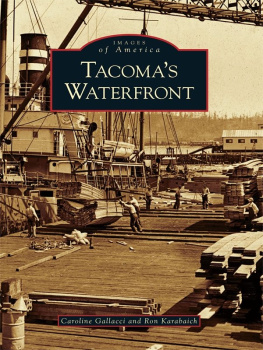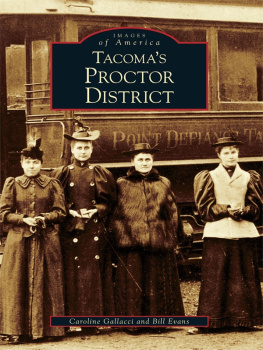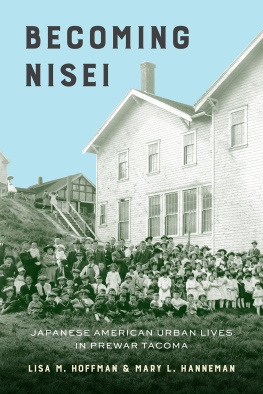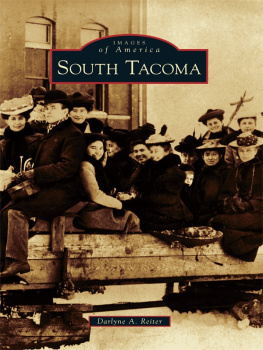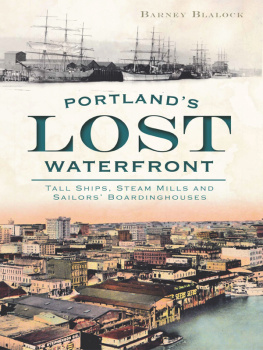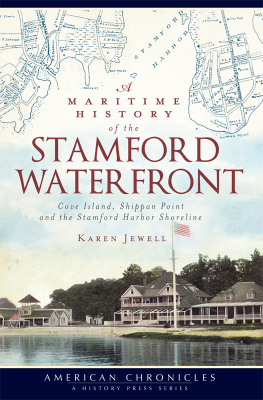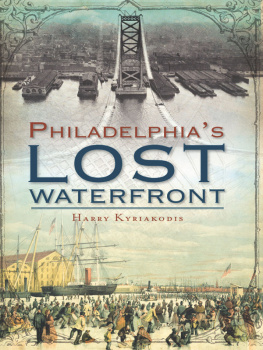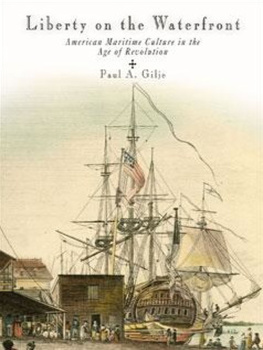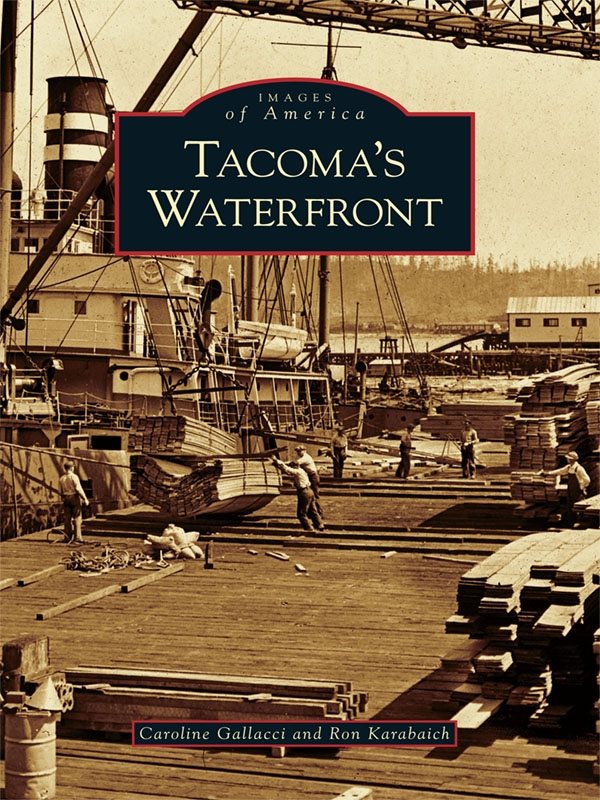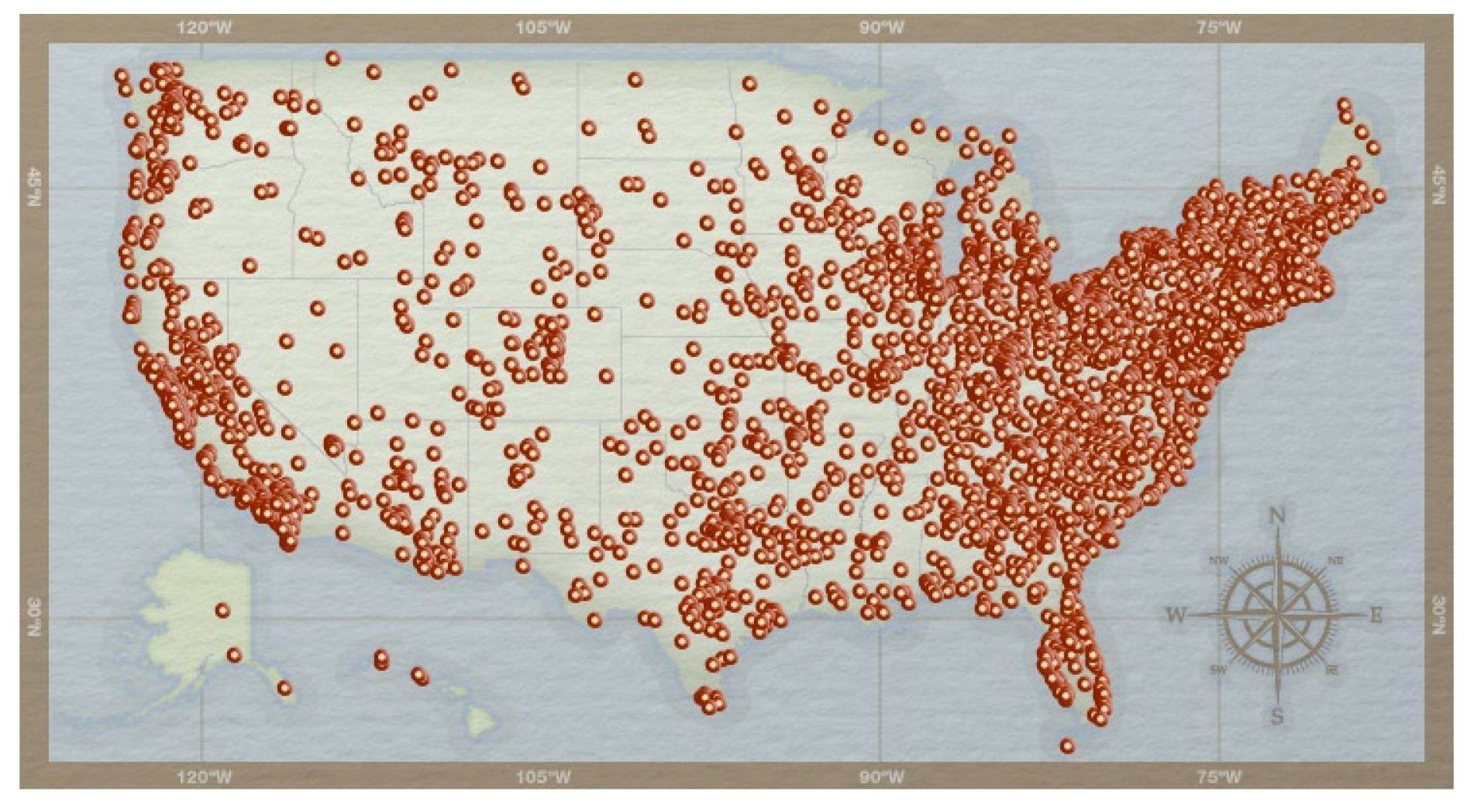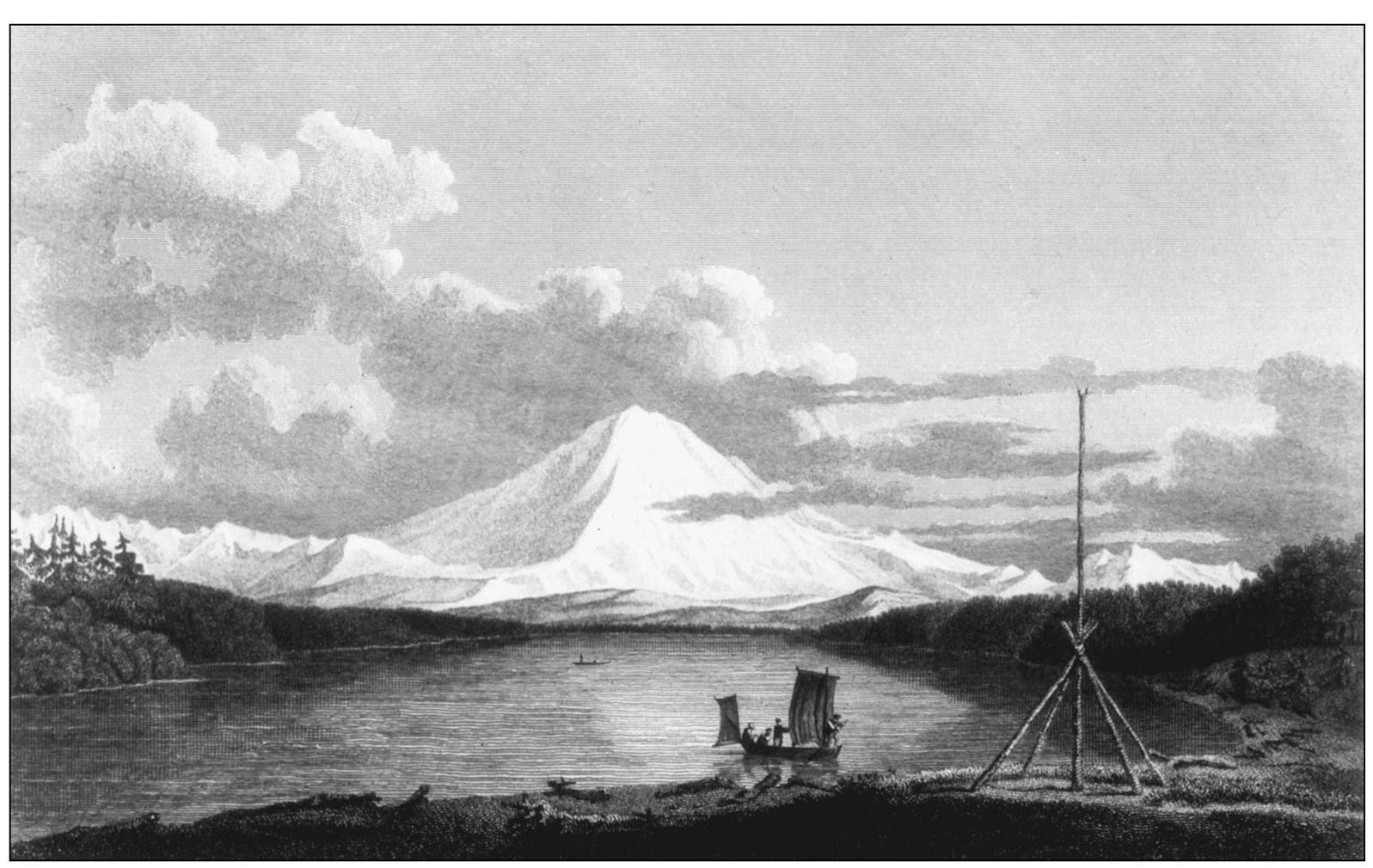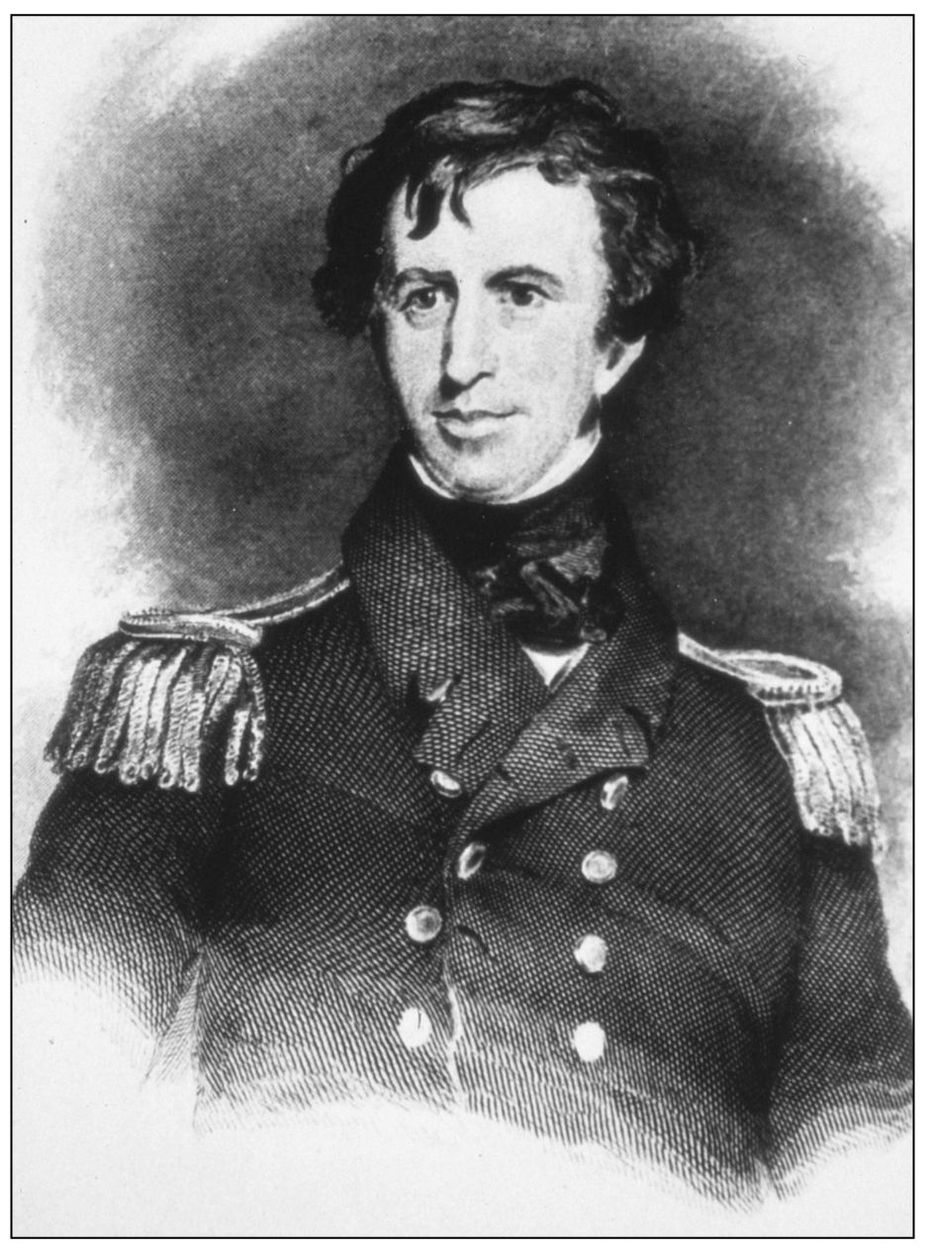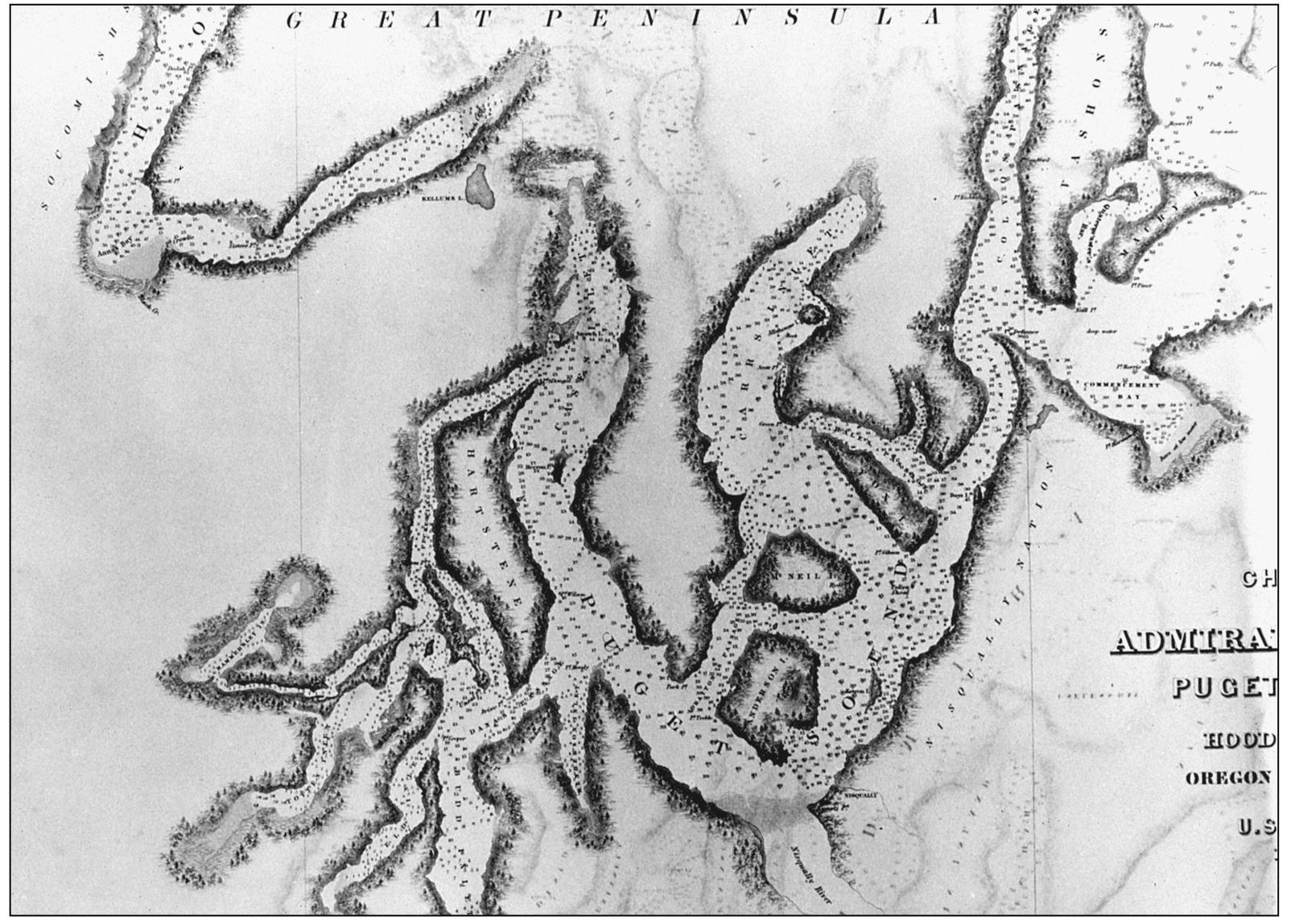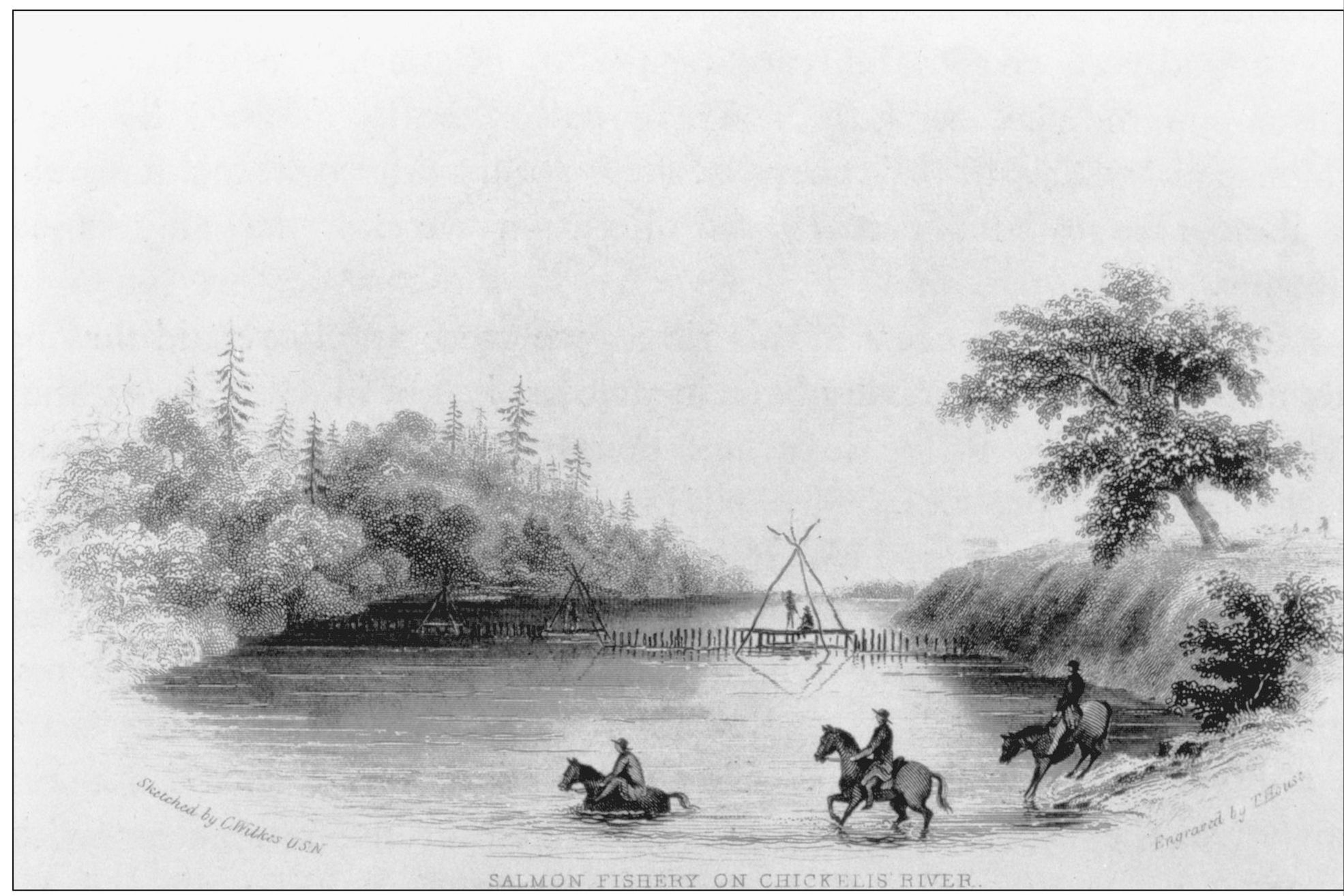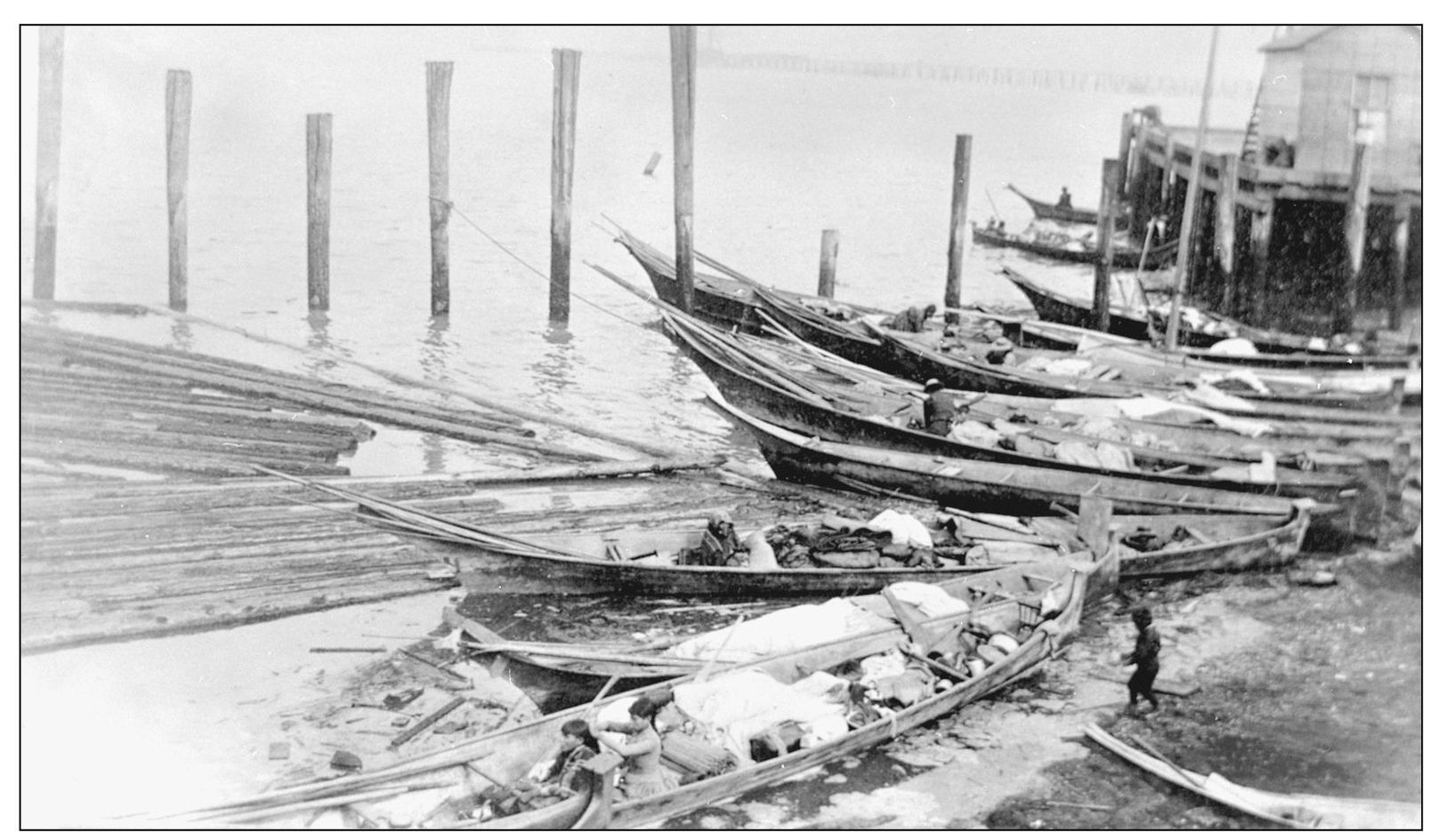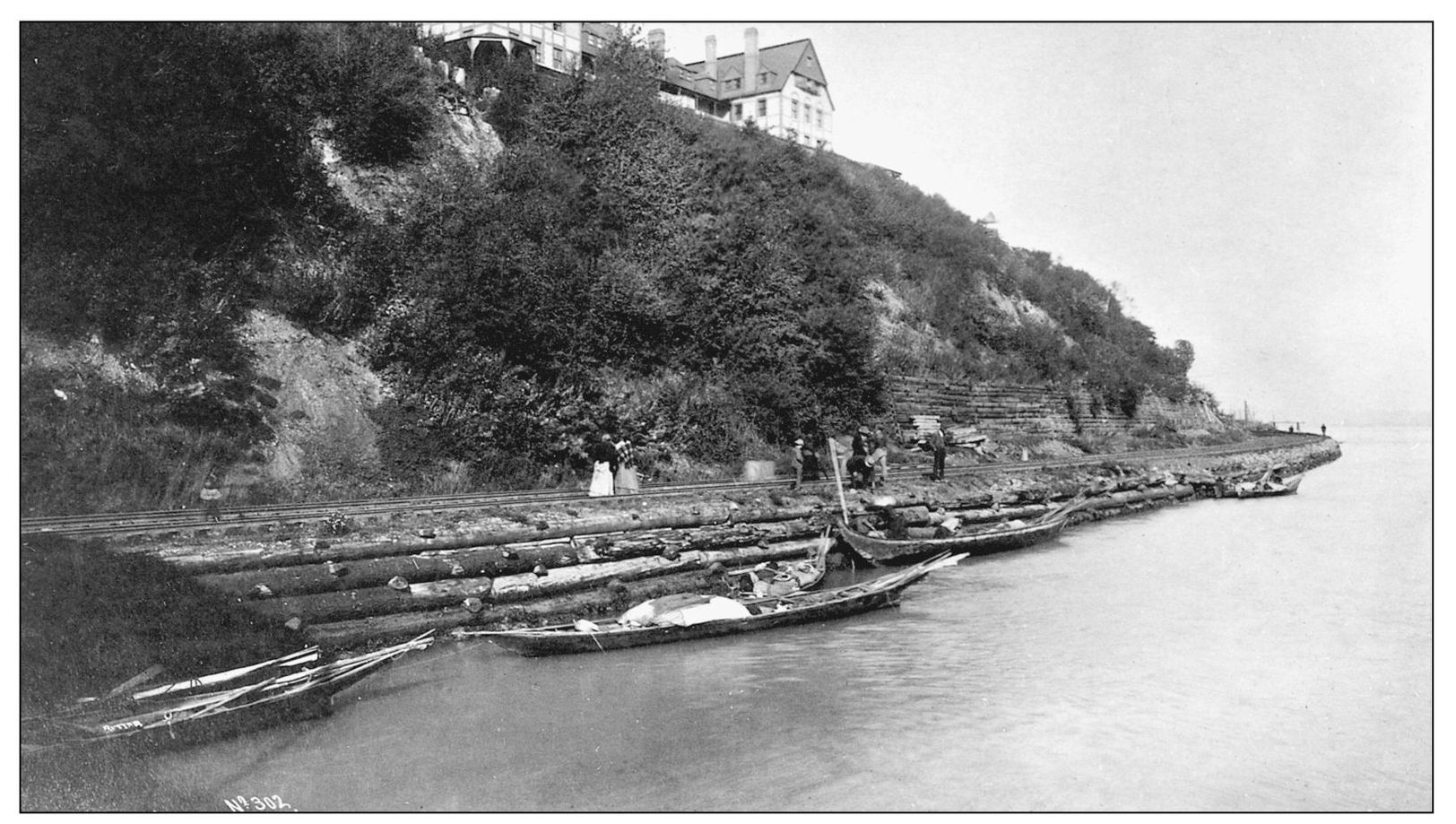One
THE SETTING
In the spring of 1792, Englands George Vancouver entered what he named Puget Sound as a part of his quest to find the Northwest Passage. During this voyage, he recorded abandoned villages and met Native Americans who displayed the characteristic scars of smallpox. Clearly white mans diseases had arrived before the first inland traders. Vancouver joined some of the survivors for a salmon lunch on a sandy beach now known as Browns Point and asked the locals about the large body of water that seemed to extend to the foothills of the mountain Vancouver named Mount Rainier. One native held Up a hand indicating that it was a bay with many inlets. Not trusting the Native Americans intelligence, the Englishman explored the bay, determined to his satisfaction that it was not the Northwest Passage, and sailed away. Vancouver was so Uninterested in the body of water that he left it without a European name or did not sketch it. John Sykes drew this mountain view from Admiralty Inlet.
Charles Wilkes and his crew were the first Americans to explore Puget Sound, and it was because of his efforts that the region became part of the United States. He arrived here in 1841, established an observation post overlooking Puget Sound, and sent his crews inland to explore land not seen by Americans since Lewis and Clarks brief visit in 1805.
Wilkes also named geographical features neglected by George Vancouver, places such as Anderson and McNeil Islands, and Point Defiance. Even more importantly, he named Commencement Bay. This body of water that has been so crucial to Tacomas history was where Wilkes started his survey of the Pacific Northwest. Commencement Bay is pictured in the Upper right of this map.
Wilkes, like explorers before him, was inclined to view the Native Americans as a part of the wilderness rather than a people with a distinct culture. Around Commencement Bay, the Puyallup Indians lived near ancient fisheries and hunting grounds. Every river and stream had sites for villages at locations so advantageous that American settlers recycled them into towns and cities. Wilkes did however document significant aspects of Native American life, including this view of early river fishing. The sketch depicts Native Americans on the Chehalis River south of Pierce County, but the Puyallup Indians probably Used the same fishing techniques Upstream from the Commencement Bay delta. Early maps show their salmon fishing locations in the bay, and ethnologists have identified village sites in what is now Tacomas central business district. Sacred and burial sites existed where todays I-705 meets Schuster Parkway. The future site of the Tacoma Smelter was also a Native American burial site.
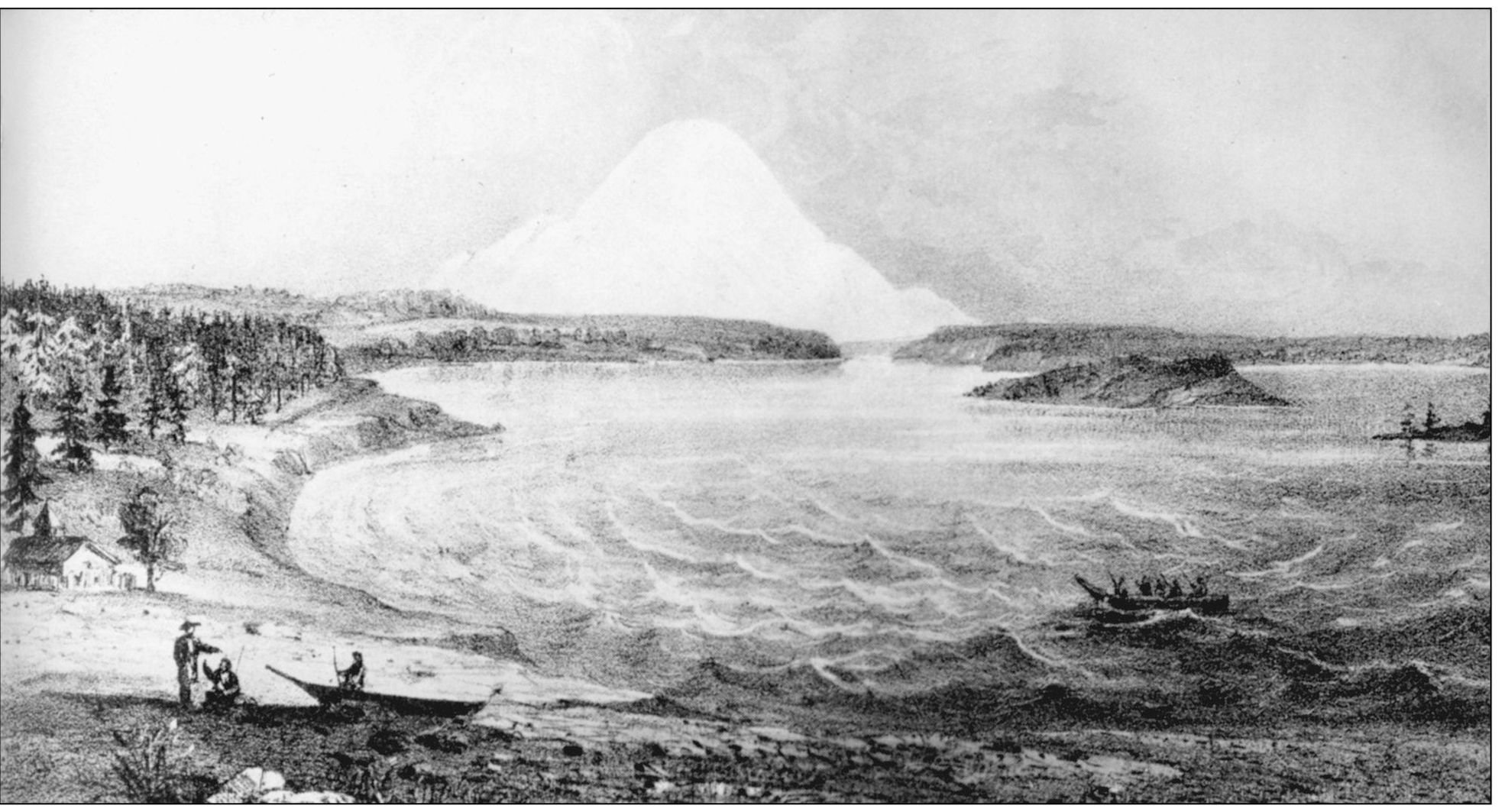
By 1853, Washington was a territory, and a new county named to honor Pres. Franklin Pierce had been formed with Commencement Bay its northern boundary. Congress appointed Isaac I. Stevens both territorial governor and superintendent of Indian affairs. He was also to lead a survey expedition to locate a possible northern route for a tr\anscontinental railroad. Like the explorers who came before, Stevens had his artists along to portray the landscape, in this case a view of Mount Rainier from Whidbey Island. Stevens was also to establish treaties with the Native Americans and to create federal reserves where the Indians would live and be taught the American way of life. There were wars, massacres, and lynchings because of Stevenss treaties, with some tribes Unwilling to sign and others dissatisfied over reservation land that deprived them of their cultural heritage. The Puyallup Tribe was able to renegotiate its treaty to create a reservation that included Commencement Bay land within the delta and along the north shore.
The treaties allowed the Puyallup Indians to Use their historic fishing places located outside reservation land, and it was not Uncommon to find canoes and native fishermen gathered along Tacomas waterfront during the early years. The site for this 1890 photograph is Unknown, although it might be the shoreline near present-day Fifteenth Street, a known location for a major Puyallup Indian village.
Native American gatherings along the Tacoma shoreline continued for years following the citys founding, always serving as a reminder as to who was here first. Early Tacoma photographer Arthur French captured this unique combination of past and present sometime during the latter years of the 19th century. Ladies and Native Americans pose by the Northern Pacific Railroad tracks. Perched atop the wooded bank is the Tacoma Hotel, completed in 1884.

